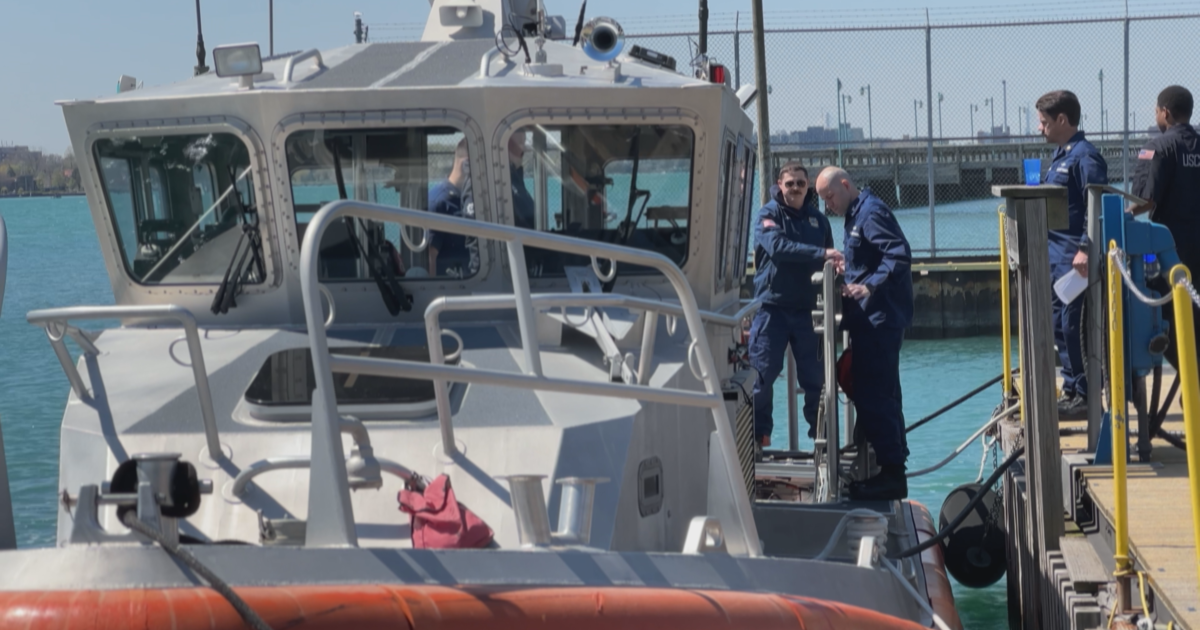Auto Partnership Finds Weight Savings, Parts Reduction In Magnesium
SOUTHFIELD -- The United States Automotive Materials Partnership LLC said Wednesday that it recently completed the second phase of its Magnesium Front-End Research and Development Project, resulting in a significant reduction in weight and parts.
Phase I of the project indicated it is possible to achieve a 45 percent final net weight reduction in a magnesium-intensive front-end unibody structure and a 24 percent weight savings in a body-on-frame architecture through increased use of magnesium, when compared to baseline designs using conventional materials.
In addition to the reduction in weight, the part count was reduced by 59 percent through the integration of die casting and addition of aluminum extrusions, while meeting all specifications for vehicle stiffness and fatigue and with a crashworthiness equivalent of the baseline models based on simulations.
"Consistently improving vehicle fuel economy is important to everyone," said Steve Zimmer, executive director at USCAR. "Vehicle lightweighting is an essential part of that effort, and USAMP is a key industry player in needed research and development."
Two front-end architectures were selected by the project team; a rear-wheel-drive unibody represented by the Cadillac CTS passenger car and a BOF represented by the Ford F-150 pickup truck. The OEMs provided the baseline steel data, vehicle design and performance targets for the USAMP team for hypothetical design and technical cost modeling of the magnesium front-end structures.
As part of Phase II of project, the USAMP project team then designed, fabricated parts, assembled, surface finished and completed testing of more than 200 demonstration structures, representing major components in the unibody front end. Half of these magnesium structures were built using friction stir linear welding and the remaining structures were built utilizing a laser-assisted, self-piercing rivet process.
The MFERD project is supported by the U.S. Department of Energy's Energy Efficiency and Renewable Energy – Vehicle Technologies Program, and parallels complementary work underway by Natural Resource Canada and the Chinese Ministry of Science and Technology, funded by their respective governments. By working together with NRCan and MOST, the MFERD project team was able to connect with some of the world's foremost magnesium experts and leverage the strengths of each partner and country. The first phase of the project ran from 2007 to 2009 and developed key enabling technologies in magnesium extrusion, sheet, high-integrity body casting, joining and assembly. Additionally, a significant knowledge base was established in magnesium corrosion protection, crashworthiness, fatigue and durability, and noise, vibration and harshness.
Based on successful completion of the project's phases to date and identification of additional technological hurdles, the MFERD team submitted a proposal to the DOE and won a competitive solicitation for a multiyear project to "Develop and Construct a Magnesium Intensive Vehicle Front-End Substructure."
In June, the team members met with Canadian and Chinese counterparts in Shanghai, China, to exchange information on recent progress, and to make plans for the next phase of the program.
The MFERD Project was featured in the April 2012 edition of Light Metal Age.
Founded in 1992, USCAR is the collaborative automotive technology organization for Chrysler Group LLC, Ford Motor Co. and General Motors. The goal of USCAR is to further strengthen the technology base of the domestic auto industry through cooperative research and development. For more information, visit USCAR's website at www.uscar.org



